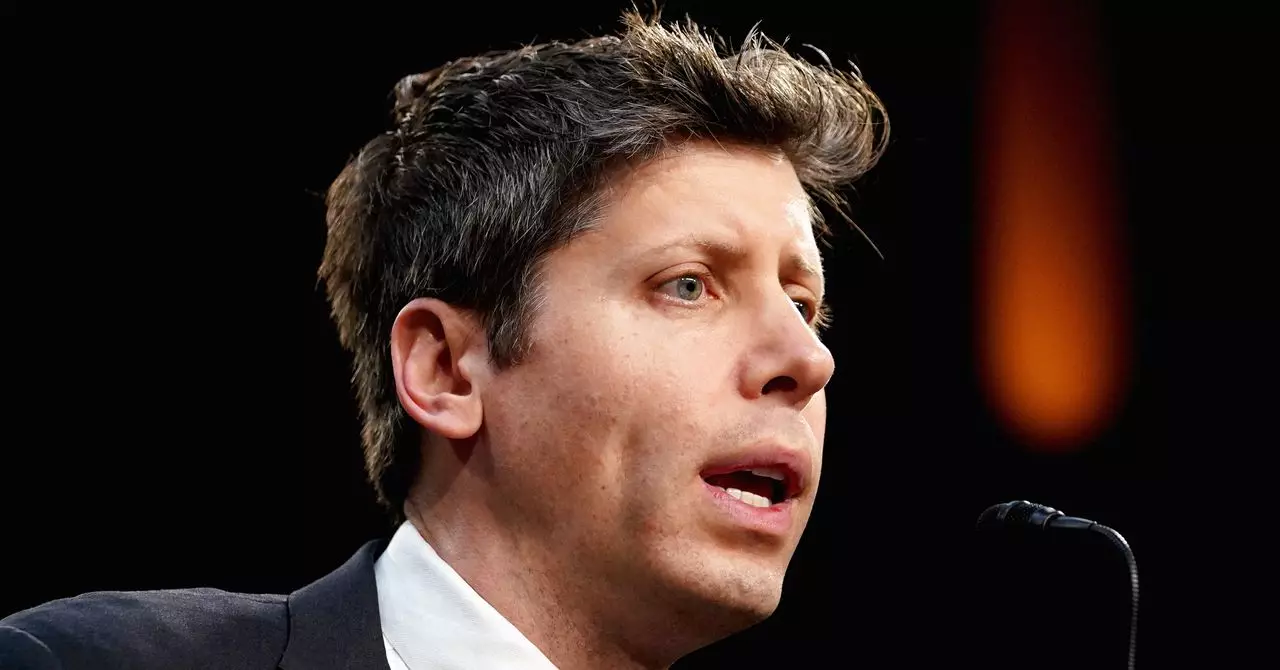In the rapidly evolving world of artificial intelligence, a seemingly obscure contractual clause between OpenAI and Microsoft has transformed from a footnote into a central battleground. Originally viewed as a distant hypothetical, the clause stipulates that if OpenAI’s board declares it has achieved artificial general intelligence (AGI)—an AI that can perform most economically valuable tasks better than humans—Microsoft’s preferential access to OpenAI’s future technologies would be severely limited. This provision, once relegated to the background, now threatens to unravel a $13 billion investment and one of the most consequential partnerships in the tech sector.
This is more than just a clause; it is a strategic lever loaded with implications about power, future profits, and control of a technology that could redefine society. Microsoft has reportedly pushed to scrap the clause altogether, seemingly unwilling to risk losing early access to potential breakthroughs that could cement its dominance in AI. According to reports, Microsoft is even prepared to walk away from the partnership if the clause remains intact. This posture highlights a deep mistrust and conflicting incentives bound up in the promise and peril of AGI.
The Complexity Behind AGI Definitions and Internal Disputes
The tension around AGI’s role in the Microsoft-OpenAI agreement is compounded by disagreements within OpenAI itself. An internal research paper titled “Five Levels of General AI Capabilities,” which sought to classify various stages toward AGI, reportedly sparked debates about how the company might officially declare AGI’s arrival. The fear is that by pinning down specific technical benchmarks or timelines, OpenAI could inadvertently restrict its own flexibility to declare AGI on its terms, which affects the power balance in negotiations with Microsoft.
OpenAI’s spokesperson emphasized that the paper was never meant as rigorous science but rather as a conceptual framework. Still, the fact that this discussion surfaced publicly underscores how vital and fragile the notion of what constitutes “AGI” is to all parties involved. The nuanced definitions matter not just academically but legally and commercially. OpenAI’s official AGI definition—“a highly autonomous system that outperforms humans at most economically valuable work”—is broad and subjective enough to be wielded strategically, raising questions about the board’s potential unilateral ability to trigger contract consequences.
Corporate Chess: Negotiations and Strategic Leverage
Behind closed doors, negotiations have become increasingly tense. OpenAI is reportedly preparing a corporate restructuring, using the evolving legal and technical landscape to recalibrate its position. Microsoft, while aggressively seeking to maintain comprehensive access through 2030 regardless of an AGI declaration, apparently remains skeptical that OpenAI will reach AGI within this timeframe. This skepticism itself is a calculated stance—keeping Microsoft in the game for as long as possible while minimizing financial exposure.
Yet OpenAI views the clause as a critical safety net: its ultimate bargaining chip to protect its own future autonomy and preserve the ability to capitalize on AGI without Microsoft’s entanglement. According to insider sources, OpenAI’s perception of being near a breakthrough—a milestone even predicted by CEO Sam Altman within a politically charged timeline—adds urgency and risk to the negotiations.
Complicating matters is a 2023 amendment to the contract introducing the idea of “sufficient AGI,” which applies a profit-generating threshold to the AGI definition. This requires Microsoft’s consent to any AGI declaration meeting that criterion, adding another layer of corporate brinkmanship. The contract also explicitly prohibits Microsoft from leveraging OpenAI’s intellectual property to independently develop AGI, underscoring the partnership’s delicate balance between collaboration and competition.
When Strategic Partnerships Collide With Unequal Stakes
This clash between OpenAI and Microsoft is more than an esoteric corporate dispute; it exemplifies a broader tension in the tech industry between innovation and control. Microsoft’s massive investment positions it as a dominant player eager to lock in a technological lead, while OpenAI must safeguard its independence against being subsumed or restricted by a giant partner. The emergence of AGI looms as both the ultimate prize and the tallest hurdle.
I see this saga revealing the inherent contradictions of public-private partnerships in breakthrough technologies: where shared goals of innovation quickly get entangled with competing visions of ownership, profit, and ethical stewardship. OpenAI’s use of vague definitions and internal debates as strategic tools illustrates a necessary evasiveness in navigating these high-stakes waters; clarity could be as dangerous as uncertainty.
As AI trajectories accelerate, the outcome of this negotiation could reshape industry norms on how revolutionary technologies are governed. The battle over the AGI clause signals that the future of AI isn’t determined just by algorithms and models, but equally by the legal and corporate strategies that frame how powerful innovations are shared—or withheld—from those ready to capitalize on them.


Leave a Reply